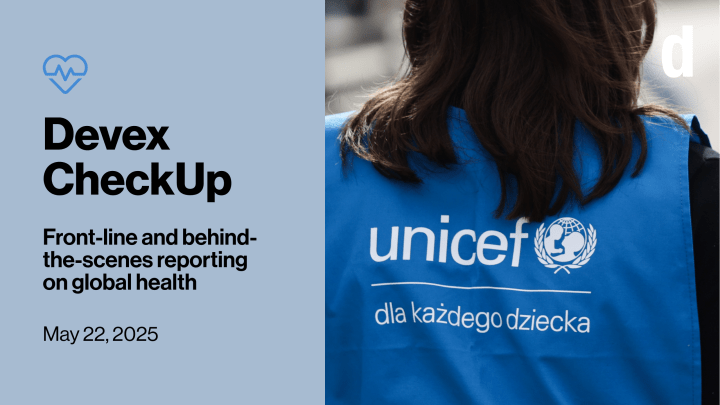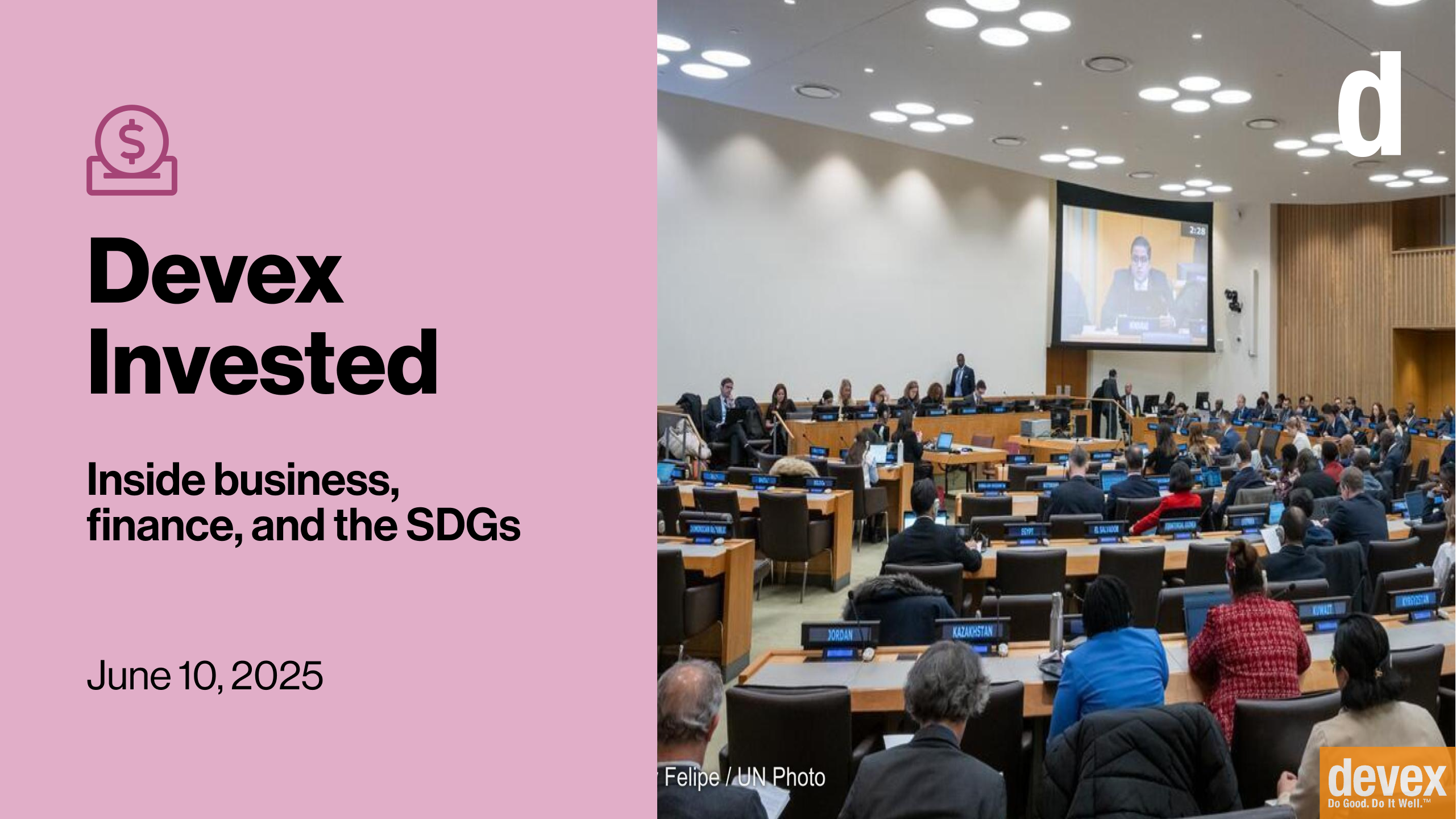
The entire United Nations system is bracing for cuts, including UNICEF, the agency that works to prevent maternal and child deaths and has historically been led by an American.
In an internal memo seen by Devex, UNICEF revealed that it plans to and scale back its programs and presence. It will consolidate its seven regional offices into four and phase out programs in high-income countries in Europe.
But staff are pushing back, arguing that while necessary,and has “fundamental deficiencies in its conception and execution.” They have asked management to halt its plan and conduct a thorough review, with transparent costing and analysis, to ensure the changes will continue to allow them to deliver for children.
Local staff associations in Europe also voiced disagreement with management plans to , arguing that UNICEF’s work there “contributes to advocacy, visibility, and fundraising, including for global initiatives.”
Instead of a dramatic reduction in programming and staffing, some staffers are , such as a 15% pay cut for senior professionals and department directors, and 5% for entry-level positions and administrative workers. Some are also looking at teleworking to save money, and reductions in rental and educational subsidies.
Funding cuts at UN children's agency fuel intense staff pushback
UNAIDS will lose more than 50% of staff in restructuring
UN chief outlines plans for thousands of new job cuts
+ Devex Pro members can read about how different U.S. administrations funded the U.N. system. Start your 15-day free trial today to access all our expert analyses, insider insights, funding data, events, and more.
One thing’s for sure, though: The aid cuts will have
The U.N. Population Fund, the agency facing a complete elimination of funding from the U.S. government, is that offer lifesaving interventions for women and babies.
That could include reproductive health clinics similar to the one that my colleague Sara Jerving visited in one of the poorest areas in Antananarivo, the capital of Madagascar.
The clinic provides free contraceptives, childbirth delivery, prenatal and postnatal care, and vaccines, as well as care for survivors of abuse such as rape, among other things. It caters mostly to females aged between 13 and 40 years of age.
That clinic isn’t expected to close down, as it receives funding from another donor. But others that offer similar services, which rely on U.S. funding, are in jeopardy, and the cuts could impact the long-term supply of health commodities.that were previously funneled toward family planning and reproductive health.
UNFPA and the human fallout of U.S. aid cuts — a $335 million gap
UN Population Fund thought it prepared for the worst — it didn’t
But even organizations that have continued to receive U.S. funding
The Stop TB Partnership will reorient its activitiesand even though the U.S. reinstated funding for its programs and assured it of future funding.
Dr. Lucica Ditiu, the partnership’s executive director, tells Sara they already have a signed agreement with the U.S. government for the coming year and will receive around $60 million for their work — the same level they received last year. But the U.S. government has asked the organization to , which includes an increased focus on service delivery to ensure more people get diagnosed and treated for tuberculosis.
That means the organization will have to let go of some staff and that no longer align with its new scope of work.
“Everything that is not directly linked to saving the lives of people with TB or delivering services specifically for them is not really a priority,” Ditiu says. “I think that, unfortunately, some of our grantees aren’t equipped for that.”
Stop TB retains U.S. funding but must revise scope, cut staff
Aid freeze, waiver, termination, reversal — Stop TB awaits clarity from US
“Who run the world?” Beyoncé knows it best.
But in reality, in many industries, including in the global health sector. Here are some historical numbers to chew on:
The Global Fund to Fight AIDS, Tuberculosis and Malaria, created in 2002, has never had a female leader.
Gavi, the Vaccine Alliance has only recently appointed its first female leader, Dr. Sania Nishtar, after 24 years of operation.
The World Health Organization, in its 77 years, has had only two women directors-general.
Many publications have attempted to explain this imbalance — from gender bias to age-old stereotypes that women are too emotional, as well as social and structural barriers. But
In an opinion piece for Devex, former WHO Assistant Director-General Dr. Flavia Bustreo and former New Zealand Prime Minister Helen Clark — both formidable women — write that organizations can implement reforms, including through fair hiring processes and changes in organizational arrangements that embrace gender equity. This includes anonymous, bias-free recruitment and implementing equal parental leave and flexible working arrangements.
The lack of women in global health leadership has a cure
U.S. health secretary Robert F. Kennedy Jr. is [CNBC]
WHO says . [Reuters]
Médecins Sans Frontières has shuttered a hospital in South Sudan after armed individuals attacked the facility in April, threatening staff and looting medicines worth $150,000. [AFP]











